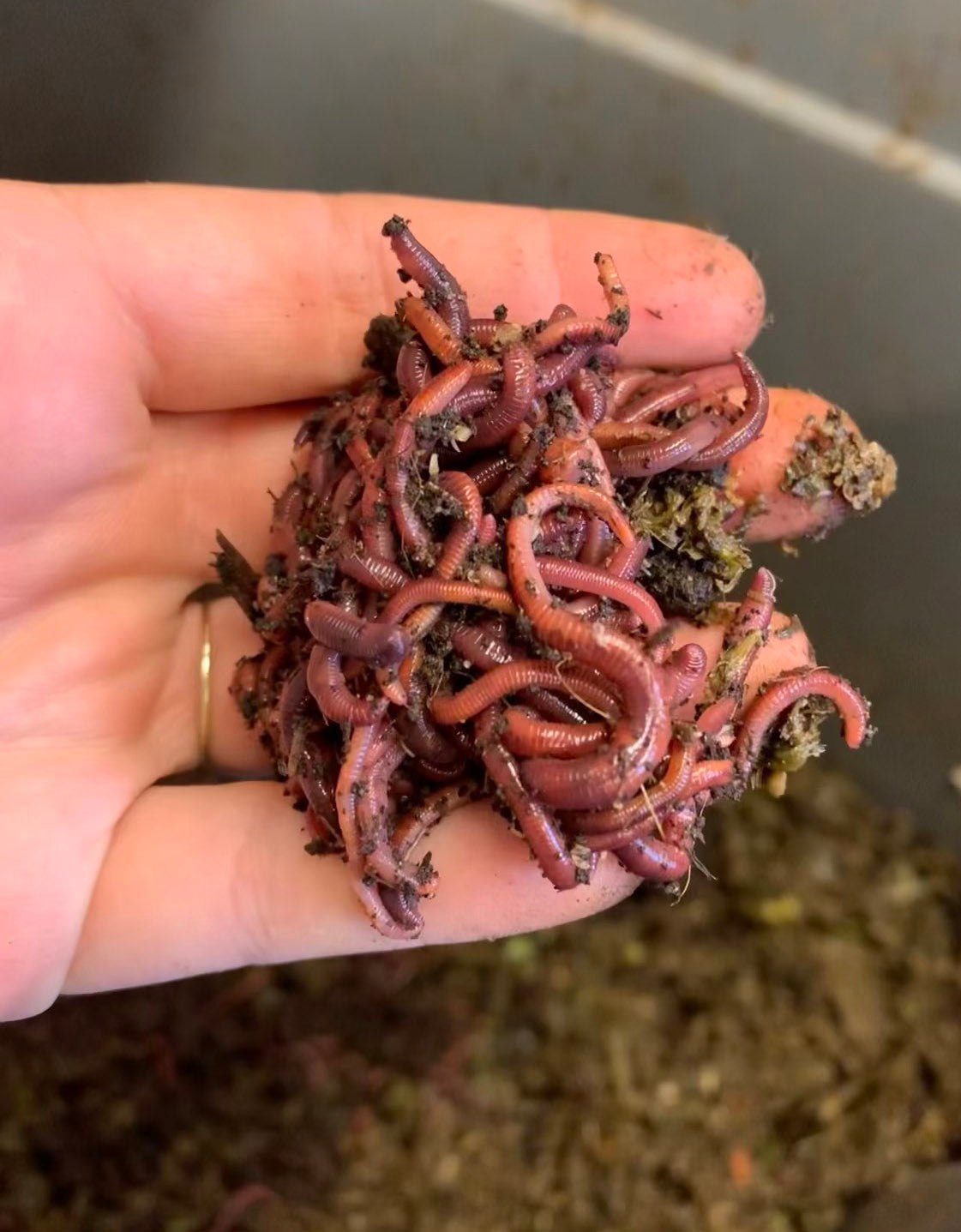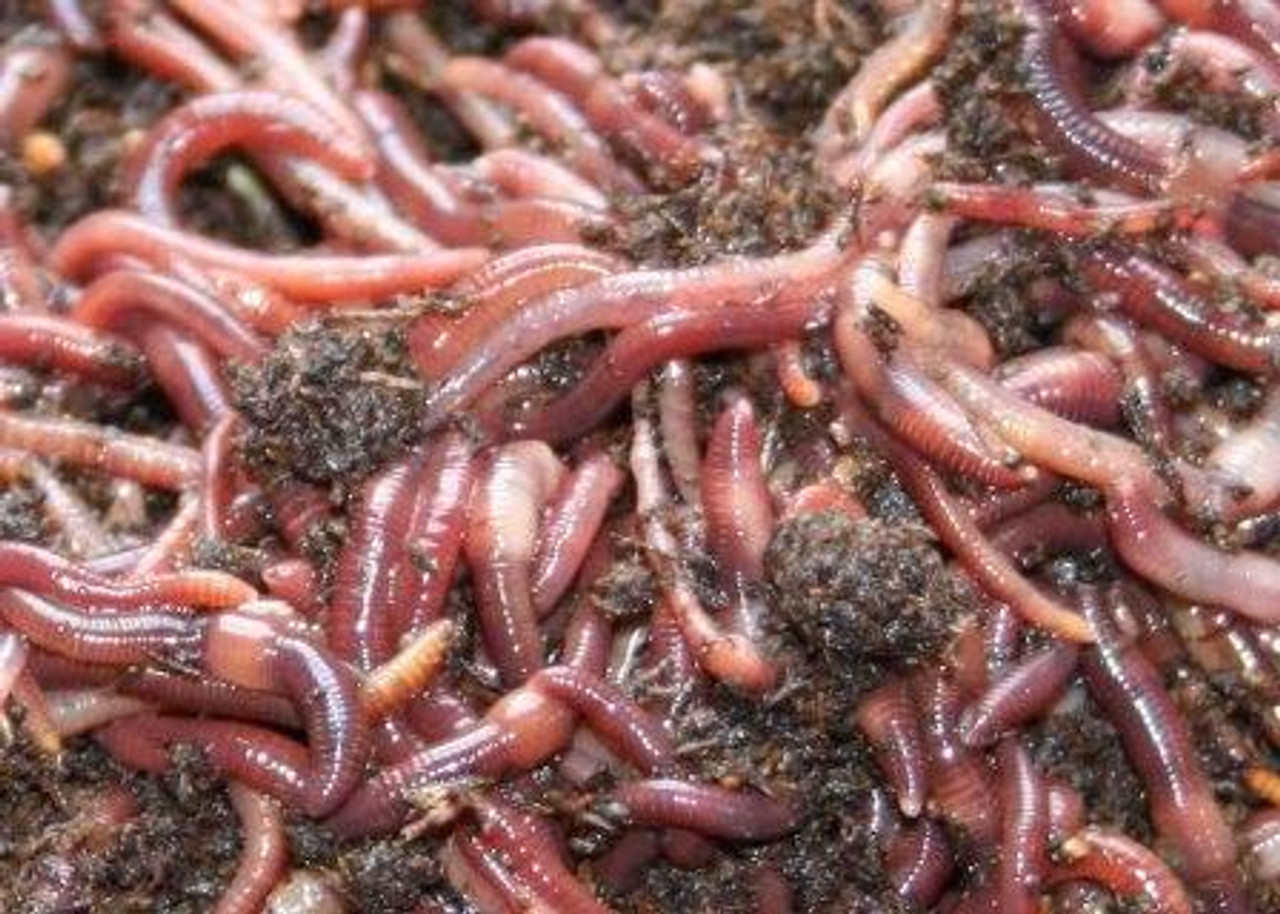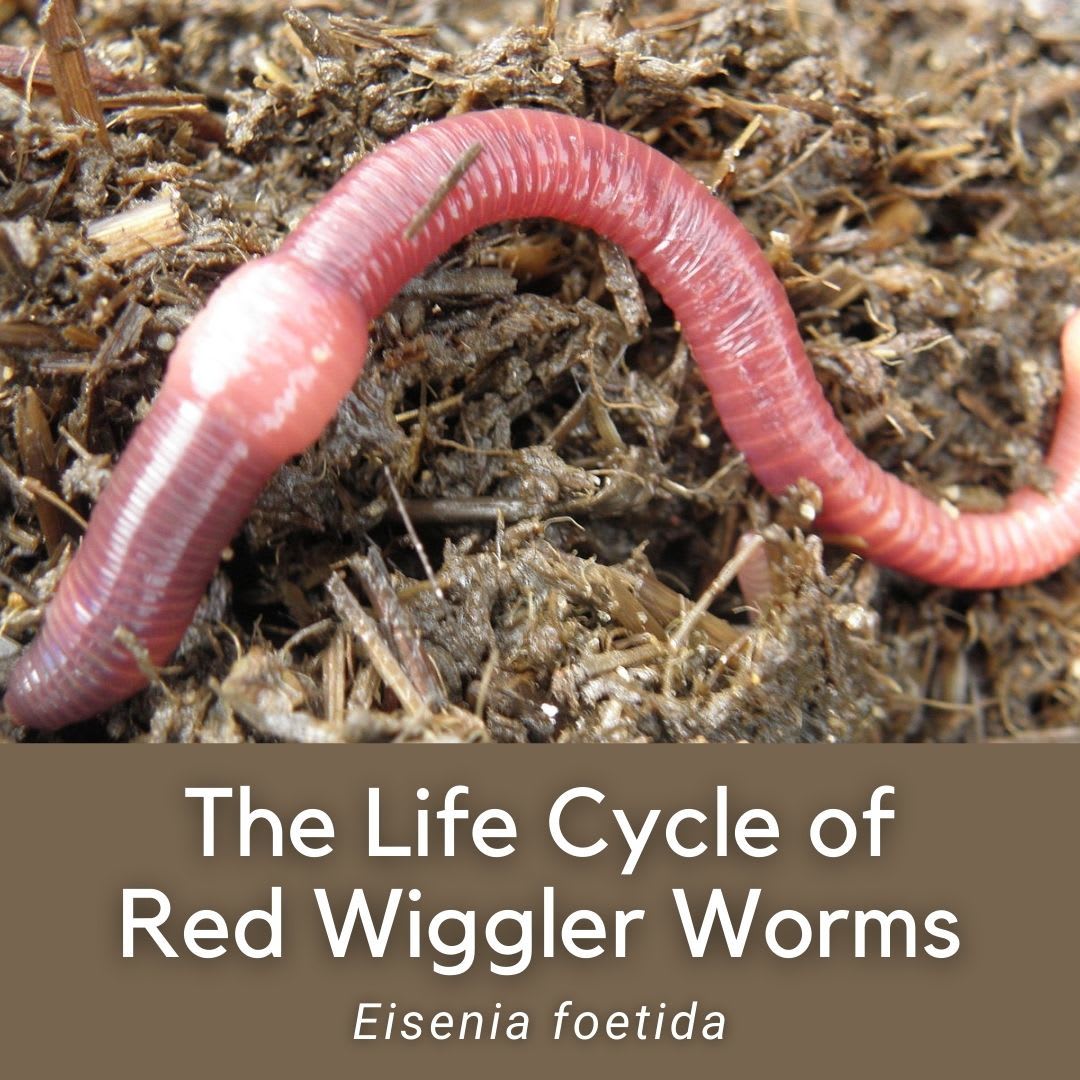Red Wiggler Express: A Trusted Source for Quality Worms and Bait
Just How Red Wigglers Can Change Your Composting Experience
The combination of red wigglers into composting techniques uses a transformative approach to throw away administration and soil enrichment. These microorganisms not just accelerate the decomposition process but also produce nutrient-dense vermicompost that enhances soil health and wellness and fertility. Their flexibility to numerous settings makes them a suitable option for both newbie and experienced composters alike. Nevertheless, recognizing the specific requirements and benefits related to keeping a thriving worm population is critical for maximizing their potential. What techniques can one utilize to ensure an effective vermicomposting experience?
Benefits of Red Wigglers
Red wigglers, medically referred to as Eisenia fetida, are a keystone of reliable composting systems because of their amazing ability to decompose raw material successfully. These worms master transforming kitchen scraps, yard waste, and various other natural materials right into nutrient-rich garden compost, typically referred to as worm spreadings. Lake Hickory Bait. This procedure not only reduces land fill waste however also adds to lasting gardening techniques
Among the main benefits of red wigglers is their high reproduction price, enabling them to populate a composting setting promptly. This quick multiplication enhances disintegration rates, resulting in faster garden compost manufacturing. Additionally, red wigglers grow in a diverse variety of problems, making them versatile to different composting setups.

Setting Up Your Worm Bin
(Lake Rhodhiss Bait)To produce a reliable worm bin for composting, mindful interest has to be offered to its layout and atmosphere. An ideal worm container ought to be constructed of products that are resilient yet enable essential air flow, such as plastic or timber. The dimension of the bin can vary, yet a quantity of roughly 1 square foot per extra pound of worms is an excellent beginning factor.
Ensure that the bin has drain openings to protect against water accumulation, which can result in anaerobic problems destructive to the worms. Additionally, incorporating ventilation holes will assist preserve proper humidity levels and oxygen circulation.
Next, it is necessary to supply bed linens for the worms, which can consist of shredded newspaper, cardboard, or coconut coir. This bed linen not only uses an environment for the worms yet additionally help in dampness retention.
Placement the worm container in an area that maintains a temperature series of 55-77 ° F(13-25 ° C) to enhance worm activity. Avoid putting the bin in direct sunshine or severe temperature levels. By adhering to these standards, you can create a conducive environment for red wigglers, enhancing the efficiency of your composting process.
What to Feed Your Worms

(Charlotte NC Worms For Sale)Red wigglers particularly enjoy soft, wet foods like watermelon peels, cucumber peels, and banana peels. It is essential to avoid feeding them citrus fruits, onions, and garlic, as these can be detrimental to their health. Furthermore, cooked foods, milk items, and meat ought to be strictly stayed clear of, as they can lead to odors and attract bugs.
Supplying a consistent feeding timetable will assist keep your worm populace growing while boosting the total efficiency of your composting initiatives. By understanding what to feed your worms, you lay the foundation for an effective and lasting composting experience.
Preserving a Healthy And Balanced Habitat
Developing a thriving composting setting for red wigglers needs focus to their habitat, as it straight influences their health and performance. The suitable environment should keep a balanced moisture degree, commonly in between 60-70%. Extreme moisture can lead to anaerobic conditions, while inadequate moisture may dehydrate the worms.

The bed linens product in the garden compost should be varied and shredded, including products like cardboard, paper, and coconut coir. This not just provides a comfortable atmosphere however also functions as a food resource. Lake Hickory Bait. Frequently looking for odors or signs of parasites can assist recognize potential concerns prior to they rise
Lastly, maintaining a balanced pH level, ideally in between 6 and 7, ensures a favorable habitat for red wigglers, promoting their capability to process raw material effectively. By attending to these factors, you can create a lasting and productive composting ecological community.
Harvesting and Utilizing Compost
Harvesting garden compost from a worm container is a rewarding process that transforms natural waste into nutrient-rich material for gardens and plants. As soon as the composting cycle is total, commonly after 8-12 weeks, it's time to collect the vermicompost. The initial step includes separating the red wigglers from the ended up garden compost. This can be done utilizing methods such as the "light" approach, where worms click to read are attracted to light and can be scooped far from the top layers, or by relocating the garden compost to one side of the container and adding fresh bedding to the opposite, motivating the worms to migrate.
As soon as the worms are gotten rid of, the continuing to be garden compost can be looked to remove any type of larger particles or undecomposed material. This abundant garden compost can be used directly to garden beds, combined right into potting soil, or utilized as a top clothing for potted plants.
Verdict
Integrating red wigglers into composting techniques substantially improves the decay process and contributes to the manufacturing of nutrient-rich vermicompost. The resulting worm castings boost dirt structure, fertility, and microbial activity, inevitably promoting much healthier plant growth.